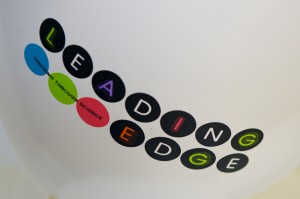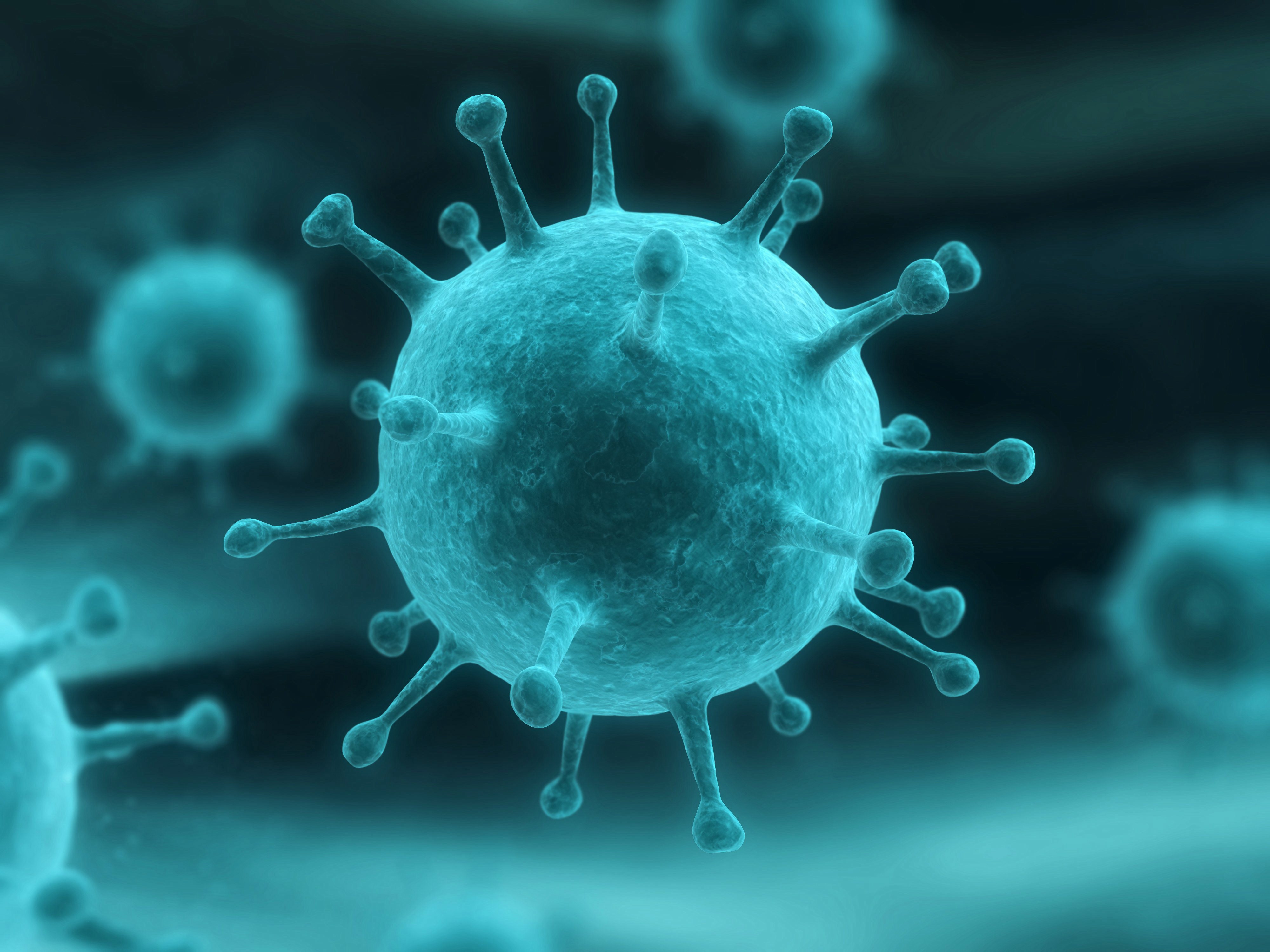 The Leading the Way team is with Monkseaton Middle School and Excelsior Academy between (3rd-13th June 2014) during their science lessons.
The Leading the Way team is with Monkseaton Middle School and Excelsior Academy between (3rd-13th June 2014) during their science lessons.
We have organised the chance for each team to work with one of us on preparing a poster on the topic of BIOMARKERS over 3 days. Do not worry we are here to help you and remember this is a team project.
A very important part of our work as scientists is to explain to the Government and the Public (you) why our research is important and why we need to do those key experiments. Sometimes the numbers involved help the justification.
For example, in 2012 approximately 5 % of the adult population in the UK were suffering from Diabetes (source: www.diabetes.org.uk). This is approximately 2.9 million individuals and has been estimated to cost the NHS:
£1 million per hour!
This is a very strong reason why we should invest in Diabetes research to identify innovative ways of preventing, diagnosing and managing the disease. As maybe our research can help the NHS reduce this cost (even a saving of £10000 an hour soon adds up).
Poster Criteria
1) Choose a biomarker to study.
2) Justify why that biomarker.
3) Justify why we need to know its shape.
On Friday 13th June we have organised a Poster Fair at each school. During this event researchers based at Newcastle University will judge your posters.
Competition Prize: The winning team will win a day at either Institute for Cellular and Molecular Biosciences or Centre for Bacterial Cell Biology to see the research of the judges in action.
It is therefore time to get our thinking caps on. As a team you will need to begin to think which type of biomarker you wish to research with us and why. Do you want to focus on a particular disease you have heard about? Do you want to consider a screening system for foods? or Do you want to research the use of biomarkers to tell us if one of our organs is functioning properly?
Remember the key experiment you are justifying is identifying your chosen BIOMARKER as a good candidate for diagnosis or treatment.
Good Luck
The Leading the Way Team







